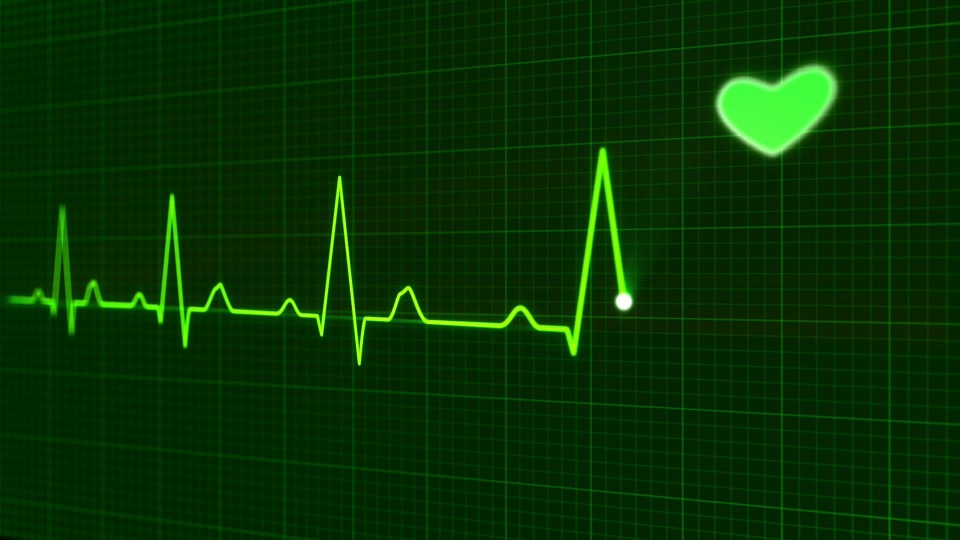
Diabetic Ketoacidosis (DKA) and Hyperosmolar Hyperglycemic Syndrome (HHS) are both emergencies of diabetic decompensation. Some years ago I picked up a case of an adult Type-1 Diabetic man admitted for Diabetic Ketoacidosis (DKA) and Acute Kidney Injury (AKI) from an outlying ED. He had nausea for 2 days with rising glucose that progressed to abdominal pain, emesis and glucose too high for his glucometer to read. After starting Insulin drip and IV fluids, while going over my mnemonic for DKA precipitators, I noticed an EKG was never done. EKG showed mild ST-depressions on a couple lateral leads. With no old EKGs on our system to compare with, I ordered a high-sensitivity Troponin level and repeated EKG in 20-30 minutes to look for dynamic changes. The ST changes had spread to additional leads. Troponin levels came back high at 900 pg (normal being less than 40 pg on our system)! ECHO showed mild wall motion changes, EF slightly low at 45%. EKG changes resolved by next day with troponin down to 400s. To cover for possible NSTEMI that might have triggerd his DKA, he was started on Aspirin, Heparin drip X 48 hours, a statin, Beta-blocker and later Lisinopril once AKI resolved and was referred to outpatient cardiology for stress testing / ishemic workup.
💡 Why every case of DKA or HHNK deserves an EKG :
- Myocardial Infarctions (MI) is a well documented precipitator of DKA / HHS but clinically an MI may not be evident. Diabetics – like women, elderly and prior MI patients – are known to have a higher incidence of painless and asymptomatic ‘silent heart attacks’ or with sweating or nausea as their only symptom.
- Not only can MIs precipitate DKA or HHS, the reverse is also true. CHF and MI could account for upto a quarter of deaths in DKA.
- It is now being recognized that DKA / HHS can cause non-ischemic myocardial injury via membrane damage and can predict adverse outcomes
- Moreoever, MI in presence of DKA / HHS is known to have worse outcomes
- QT prolongation is frequently seen in DKA / HHS which increased risk of arrhtymias with drugs that make it worse
- Such cardiac complications are also seen in kids with DKA.
So I highly recommend that you get a screening EKG in every patient of DKA / HHS – both adults and kids ! That being said, be aware of something called Pseudoinfarction in DKA.
EKG Interpretation Made Easy – Book @ Amazon (#Ad)
Don’t miss these fun posts! Subscribe via email 📩 | |
